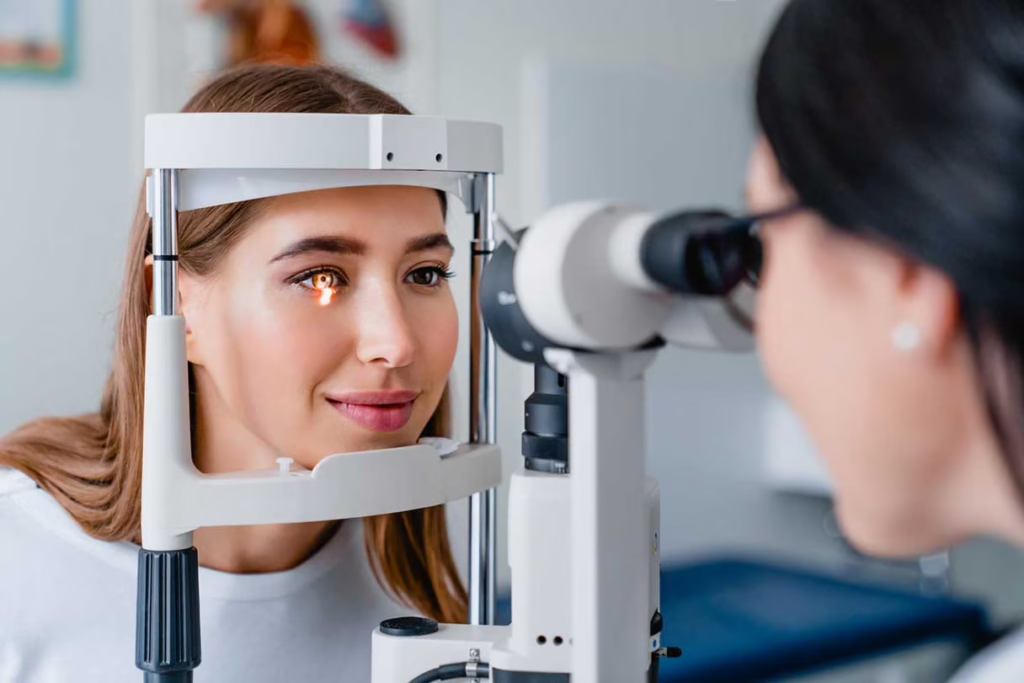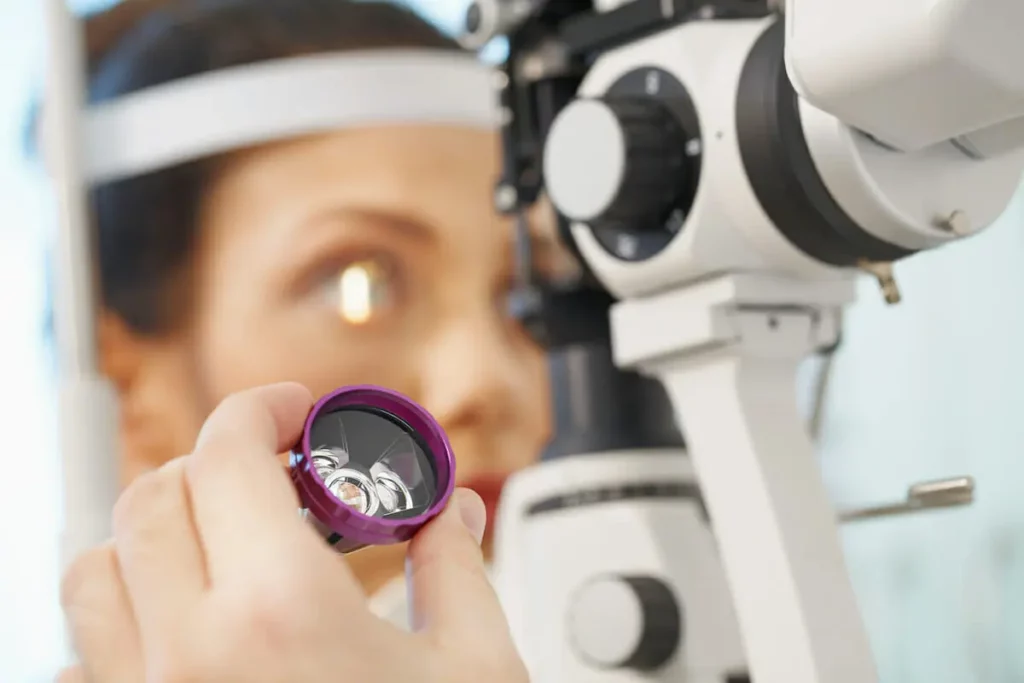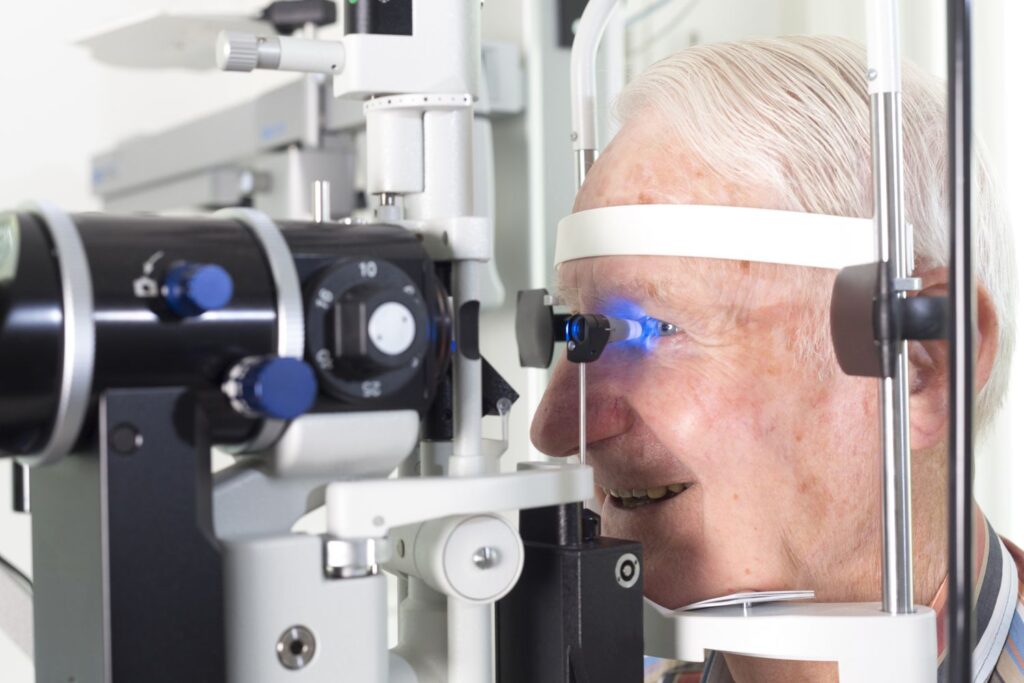Regular eye tests play a crucial role in the early detection of glaucoma, a silent threat to vision. Glaucoma is a group of eye diseases that damage the optic nerve and can lead to irreversible vision loss if left untreated. Understanding glaucoma and the different types is vital in recognizing the importance of regular eye tests in detecting this condition.
Understanding Glaucoma: A Silent Threat to Vision
Glaucoma is often referred to as the “silent thief of sight” because it typically progresses slowly and painlessly, often without noticeable symptoms until the late stages. This makes early detection challenging without proactive measures such as regular eye tests.
In conclusion, the importance of regular glaucoma test for eyes detection cannot be overstated. Early detection allows for timely intervention, which can significantly slow down the progression of the disease and preserve vision. By understanding the different types of glaucoma, appreciating the consequences of late detection, implementing preventive measures, and embracing technological advancements, we can improve the detection and management of glaucoma, ultimately safeguarding the precious gift of sight.
Glaucoma is a complex eye disease that affects millions of people worldwide. It is crucial to raise awareness about this condition to ensure timely diagnosis and treatment. The impact of glaucoma on an individual’s quality of life can be profound, highlighting the importance of understanding its causes, symptoms, and treatment options.
What is Glaucoma?
Glaucoma is a condition that occurs when the fluid pressure within the eye increases, putting pressure on the optic nerve. The optic nerve is responsible for transmitting visual signals from the eyes to the brain. When the optic nerve is damaged due to glaucoma, it can result in a gradual loss of peripheral vision and, if left untreated, can lead to complete blindness.
Research into glaucoma continues to advance, shedding light on new diagnostic tools and treatment methods. By staying informed about the latest developments in glaucoma research, healthcare providers and patients alike can work together to effectively manage this sight-threatening condition.

The Different Types of Glaucoma
There are several types of glaucoma, with the most common being primary open-angle glaucoma and angle-closure glaucoma. Primary open-angle glaucoma often develops slowly over many years, while angle-closure glaucoma can cause sudden symptoms such as severe eye pain, headaches, and blurred vision.
Each type of glaucoma presents unique challenges and considerations for both patients and healthcare professionals. By understanding the distinctions between these types, individuals can take proactive steps to protect their vision and seek appropriate medical care when needed.
Understanding the different types of glaucoma is essential since each type requires specific treatment approaches. Early detection through regular eye tests allows for timely intervention and better management of the condition.
To find more about glacouma clcik here.
The Role of Regular Eye Tests in Glaucoma Detection
How Eye Tests Detect Glaucoma
Eye tests, conducted by an optometrist or ophthalmologist, are designed to assess various aspects of vision and eye health. These tests can include tonometry, which measures the pressure inside the eye, and visual field testing, which evaluates peripheral vision. These tests, along with a comprehensive examination of the optic nerve, help detect signs of glaucoma.
Glaucoma is often referred to as the “silent thief of sight” because it can progress slowly and without noticeable symptoms until significant vision loss occurs. Regular eye tests play a crucial role in detecting glaucoma in its early stages when treatment can be most effective. By monitoring changes in intraocular pressure, optic nerve health, and visual field, eye care professionals can identify the presence of glaucoma and initiate appropriate management strategies. Read more about symptoms on https://www.medicalnewstoday.com/articles/161858
The Frequency of Eye Tests for Optimal Glaucoma Detection
The frequency of eye tests for glaucoma detection depends on individual risk factors and age. Generally, it is recommended to have a comprehensive eye exam, including glaucoma screening, every one to two years for adults over the age of 40. For individuals at higher risk, such as those with a family history of glaucoma or certain medical conditions, more frequent eye tests may be necessary.
Early detection of glaucoma through regular eye tests is vital in preserving vision and preventing irreversible damage to the optic nerve. Timely intervention, which may include medications, laser therapy, or surgery, can help slow down the progression of the disease and maintain visual function. Therefore, adherence to recommended eye examination schedules is essential for individuals at risk of glaucoma.
Regular eye tests are essential in ensuring that any subtle changes related to glaucoma are identified as early as possible, thus allowing for timely treatment and management.
The Consequences of Late Glaucoma Detection
Impact on Vision and Lifestyle
Delayed detection of glaucoma can have severe consequences on vision and overall quality of life. As the condition progresses, peripheral vision loss can significantly impact daily activities such as driving, reading, and recognizing faces. The gradual decline in vision can also lead to increased dependency and reduced independence, affecting one’s emotional well-being and overall lifestyle.
Moreover, late detection of glaucoma can result in irreversible damage to the optic nerve, leading to permanent vision loss. This loss of visual acuity can not only hinder one’s ability to perform routine tasks but also diminish the enjoyment of hobbies and social interactions. The psychological toll of adjusting to a new reality of limited vision can be profound, impacting mental health and overall life satisfaction.
The Economic Burden of Late Detection
Aside from the personal impact, late detection of glaucoma also imposes a substantial economic burden. The costs associated with vision aids, treatments, and potential rehabilitation services can be significant, not to mention the potential loss of productivity and decreased quality of life for affected individuals. Early detection through regular eye tests helps reduce the economic burden by enabling timely intervention and more cost-effective management strategies. Click here to find more about quality.
Furthermore, the economic repercussions of late glaucoma detection extend beyond individual financial expenses to societal costs. The burden on healthcare systems increases as more advanced cases require specialized care and long-term monitoring. Additionally, the loss of productivity in the workforce due to visual impairment can have ripple effects on the economy, highlighting the importance of proactive screening and early intervention programs to mitigate these broader financial implications.
Preventive Measures and Glaucoma Management
Lifestyle Changes for Glaucoma Prevention
While glaucoma cannot be prevented entirely, certain lifestyle changes can help reduce the risk of developing the condition or slow down its progression. These changes include maintaining a healthy diet rich in antioxidants, exercising regularly, avoiding smoking, and protecting the eyes from prolonged exposure to sunlight.
Regular eye tests play a crucial role in monitoring the effectiveness of lifestyle changes and identifying any early signs of glaucoma, allowing for prompt intervention and management.
Moreover, it is essential to highlight the significance of maintaining a healthy weight in glaucoma prevention. Obesity has been linked to an increased risk of developing glaucoma due to its association with higher intraocular pressure. By incorporating a balanced diet and regular physical activity into one’s routine, individuals can not only manage their weight but also potentially reduce their risk of developing glaucoma.

Medical Interventions for Glaucoma Management
In addition to lifestyle modifications, various medical interventions are available for managing glaucoma. These may include eye drops to lower intraocular pressure, laser therapy, or surgery to improve fluid drainage. The choice of treatment depends on the type and severity of glaucoma. Regular eye tests aid in assessing the effectiveness of these interventions and ensuring that appropriate adjustments are made when necessary.
Furthermore, it is crucial to emphasize the role of medication adherence in glaucoma management. Patients prescribed eye drops or other medications must follow their treatment plans diligently to achieve optimal results. Skipping doses or not using medications as directed can compromise the effectiveness of the treatment and potentially lead to disease progression. Open communication with healthcare providers regarding any challenges or concerns with medications is key to successful glaucoma management.
The Future of Glaucoma Detection and Management
Technological Advances in Eye Testing
Rapid advancements in technology have paved the way for more sophisticated and accurate methods of glaucoma detection. Advanced imaging techniques, such as optical coherence tomography (OCT), allow for detailed examination of the optic nerve and may provide earlier detection of glaucoma-related changes. Regular eye tests incorporating these technologies can further enhance the early detection and management of glaucoma.
Furthermore, the development of wearable devices and mobile applications has revolutionized the way we approach glaucoma detection. These innovative tools enable individuals to monitor their eye health from the comfort of their own homes. With just a smartphone and a specialized attachment, patients can capture images of their eyes and receive instant feedback on any potential signs of glaucoma. This not only empowers individuals to take an active role in their eye health but also facilitates early intervention and timely treatment.
The Role of Artificial Intelligence in Glaucoma Detection
The integration of artificial intelligence (AI) into glaucoma detection and management is a promising area of research. AI algorithms have the potential to analyze large amounts of patient data, detect subtle patterns, and provide more accurate predictions regarding disease progression. Regular eye tests combined with AI-based screening methods can help facilitate early detection and personalized management plans for patients at risk of developing glaucoma.
Moreover, AI-powered telemedicine platforms are emerging as a game-changer in glaucoma management. These platforms enable remote monitoring of patients’ eye health, allowing healthcare professionals to assess disease progression and adjust treatment plans accordingly. With the ability to remotely track intraocular pressure, optic nerve changes, and visual field defects, AI-driven telemedicine offers convenience and personalized care, particularly for patients in rural or underserved areas.

